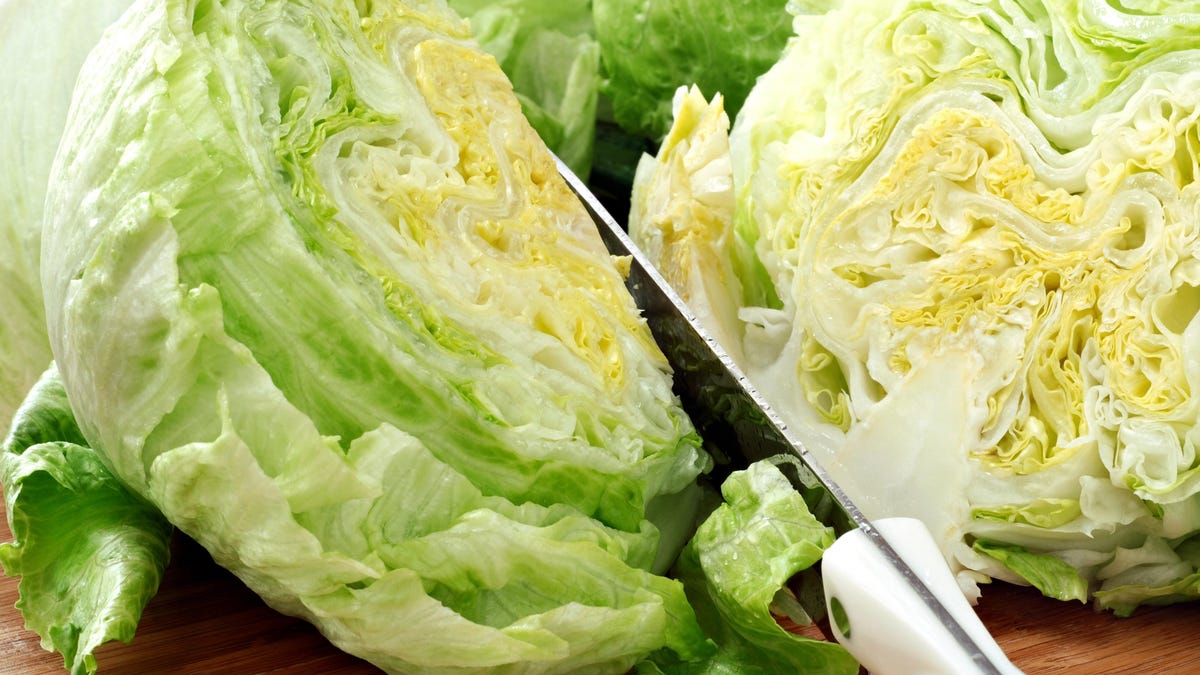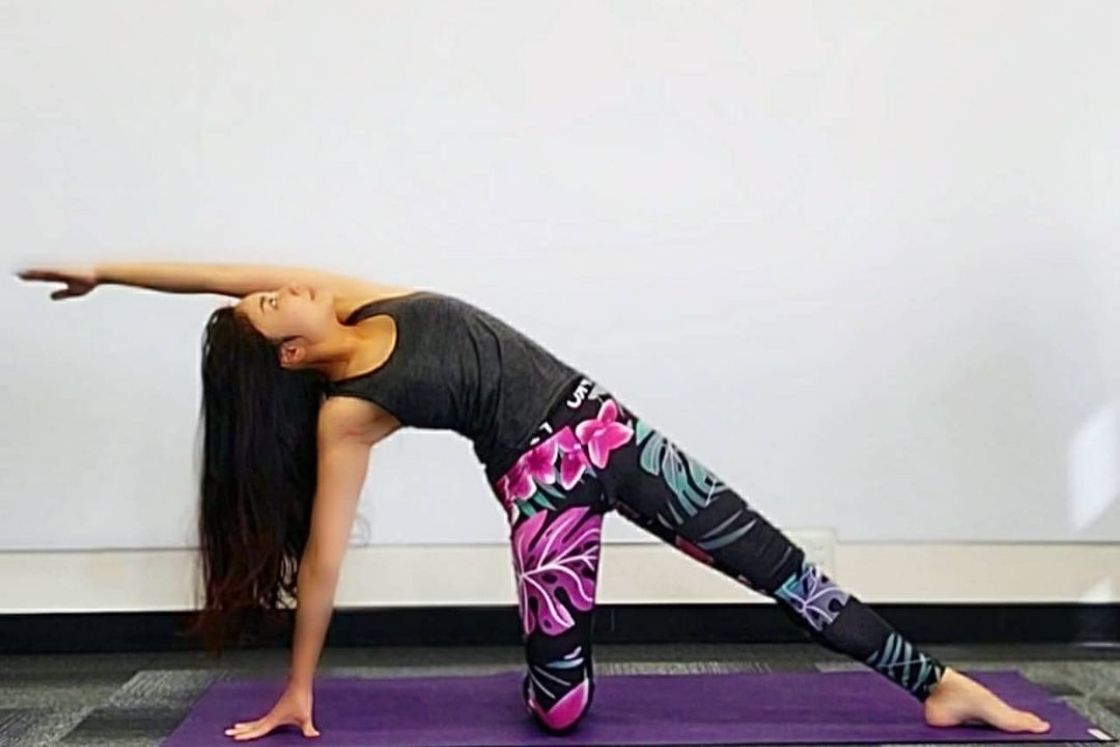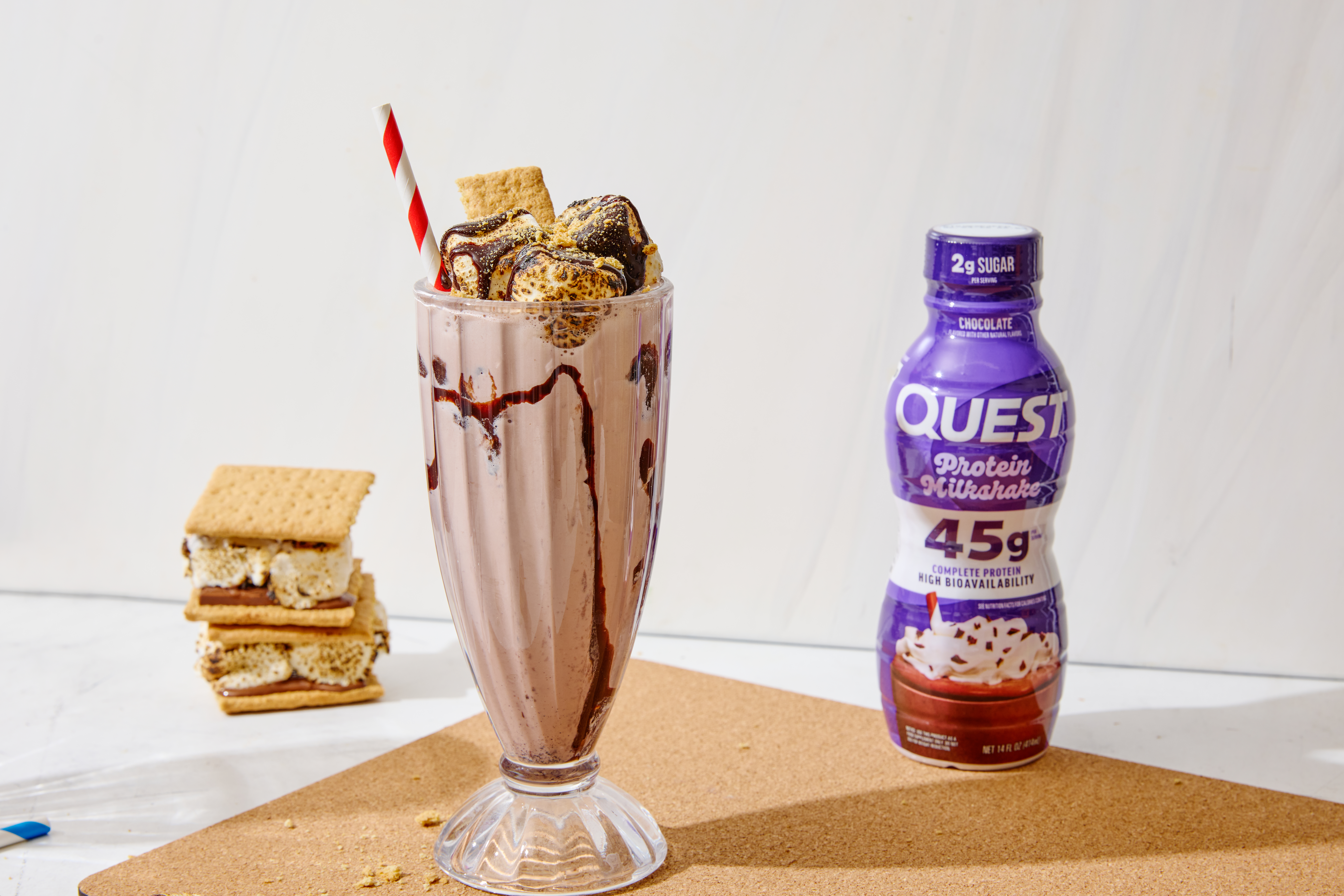This Tech Makes Cannabis More Accessible to People With Disabilities
It’s all a matter of what works with your lifestyle, weighed against your health needs.

It’s all a matter of what works with your lifestyle, weighed against your health needs.
We may earn a commission from links on this page.

Credit: Product images from Amazon, Pax, and PuffCo
Cannabis is slowly becoming legal across the country, and might even be federally legal in the foreseeable future. It’s also being talked about candidly more than ever, even on widely viewed sitcoms like Abbott Elementary.
Research on its benefits is also finally catching up, and increasingly, there are reasons to try cannabis for chronic pain, anxiety, or even, potentially, to get better sleep. Many people are affected by a wide range of physical and mental injuries and ailments, whether temporary or permanent, and folks dealing with them often need more sleep, pain, and mental health management tools and treatments—and cannabis can be one of them. (As popular as cannabis is becoming for wellness uses, before adding any substances or remedies to your treatment plan, talk to your doctor in case there are any situations where you shouldn’t consume it, like prescription medication interactions.)
If you’re considering cannabis for the first time and want to test it out for pain management or other uses related to a disability, it's best to start slow. I spoke with author Dr. Peter Grinspoon, MD, a physician and cannabis specialist, to get a few basic pointers to follow.
How to add cannabis to your disability treatments
“[It's] critical to start low and go slow, as cannabis can impair already limited mobility," says Grinspoon, who advocates for cannabis generally, and especially for it to be more widely studied in the context of medicine. "I’m currently recovering from a broken leg, so I know!"
Smoking flower may not be accessible to you for a variety of reasons, and that’s OK. Edible cannabis generally allows for accurate doses, both macro- and micro. And while smoking and vaping also facilitate tiny or huge doses, albeit in a less accurate and controlled manner, they act much faster on your oral tissues.
Doctors will never outright tell patients to smoke cannabis, and rightfully so; combusting it is just one way to consume it. Unfortunately, people still lean on this method for a reason: it works faster than almost any other consumption method. Until we unravel the science behind how cannabis works in the body, especially when smoked, we don’t know why smoking and vaping cannabis work faster than other vehicles.
"For fast-acting cannabis, seltzers work well," Grinspoon says. "So does smoking, but we don't recommend that."
New science is out that says certain types of vaping, mainly concentrates in pre-filled cartridges, might not be any better for you than smoking. But the truth is, if your pain is severe or comes on suddenly, smoking or vaping are sometimes the preferred options. It’s all a matter of what works with your lifestyle, balanced against your health needs and the advice of your doctor.
If fast-action is a must, Grinspoon says, “use a dry herb vaporizer—it is safer, [and] heats up the flower to a lower temperature so [the user] can extract cannabinoids."
Safe cannabis use, especially for anyone with health problems, also means ensuring it is free of additives and contaminants, and that the THC and other cannabinoids clearly measured. This means legal, state-sanctioned shops are your best bet; delta-8 and hemp-derived delta-9 products do not have the same testing requirements. According to Grinspoon, “[It's] always safer to buy legal, though it can be tough in some places.”
Unfortunately, a growing adult use industry means most forms of legal cannabis on the market today are in hard-to-open packaging because of (necessary) childproofing laws, which means if your disabilities are physical, like in your hands, you may have difficulty opening them by yourself or without pain. And if you're dealing with flower, the necessary tools, like rolling papers, may also be difficult to use.
If you're looking to make cannabis use more accessible, I suggest the products below, which may help folks who have chronic pain or mobility issues, and who may struggle to use cannabis otherwise.
The best cannabis tech for people with disabilities
Grinders that don’t grind your joints
A key part of the smoking cannabis equation often involves a grinder, which is used to prep dried flowers for a vape or rolling paper. Most manual grinders use a twisting motion, which can pose a challenge for people with hand and wrist pain or mobility issues. If that's something you're dealing with, try one of these alternatives:
The aptly named BudWakker deploys the same pull string as a weed whacker, so it's a nice alternative to the twisting motion of most manual grinders.
The electric Otto Grinder fills cones and grinds the herbal filling in one device. Charge, grind, and go, and don’t stress your wrists turning an old-fashioned tube grinder.
This electric grinder from Mamba similarly offers a one-step method for filling a cone, but with a slightly different orientation than the Otto.
This tabletop grinder from Wakit is a nice option if you'd prefer a device you don't need to hold in your hands.
Storage containers that twist gently
OK, so you've opened the packaging and managed to grind your cannabis, but where are you going to store it? These containers offer simple opening mechanisms that will keep your stuff fresh.
Staze Fresh has the childproof edge, but is still easy to grip and open, plus the soft pastel appearance is more aesthetically pleasing than the average weed jar. You deserve pretty and functional items.
These button-top containers from Everlock seal and store cannabis really well, and the soft button tops don’t hurt to open. These are not childproof, but they are great if you don’t want to feel like you’re opening a pickle jar every time you need to roll up.
Electric devices make dabs or a discreet bowl safer
Dabbing is well known in the medical cannabis community, but for the layperson, a dab is a concentrated glob of cannabis extract dropped onto a heat source and inhaled. Before the existence of purpose-built devices, dabbing involved torches, glass, and metal tools—not ideal for anyone who has tremors, reduced grip strength, or pain in their hands. Dabbing is strong, works fast, and is sometimes intoxicating, so it’s not for everyone, but if you’re in pain, it’s an option.
No matter what, you want your consumption methods to be safe, which means combustible methods using fire and torches could be risky if you have hand or mobility issues and are home alone or live alone. There are electric workarounds, with safer silicone parts, so fears of broken glass or handling scorching tools when you’re working with less agility or strength can be calmed.
PuffCo’s genius Hot Knife takes the maneuvering out of the mix, when you load up the knife and hit the button, concentrate will slide into your heat source, and you don’t have to fiddle with a metal tool to scrape it into the bowl, nor will you have to clean it after.
Cautious dabbers can drop their globs in a PuffCo Proxy, which comes clad in silicone and even has a silicone travel skin, so you don’t have to cart hot, dangerous glass around your digs. It heats up fast and it’s well made and easy to replace or change parts, making it one of the most convenient and safe dab products out there—and I’ve tried (and smashed) many.
One of the original portable vape companies, Pax, has the versatile and glass-free Pax Plus ready to load with whatever you like, flower or concentrate. The heat stays inside the device, and it’s got a fuller hand hold than most vapes, so you don’t have to close your hand around it as tightly as a slim 510 vape.

 KickT
KickT 






























